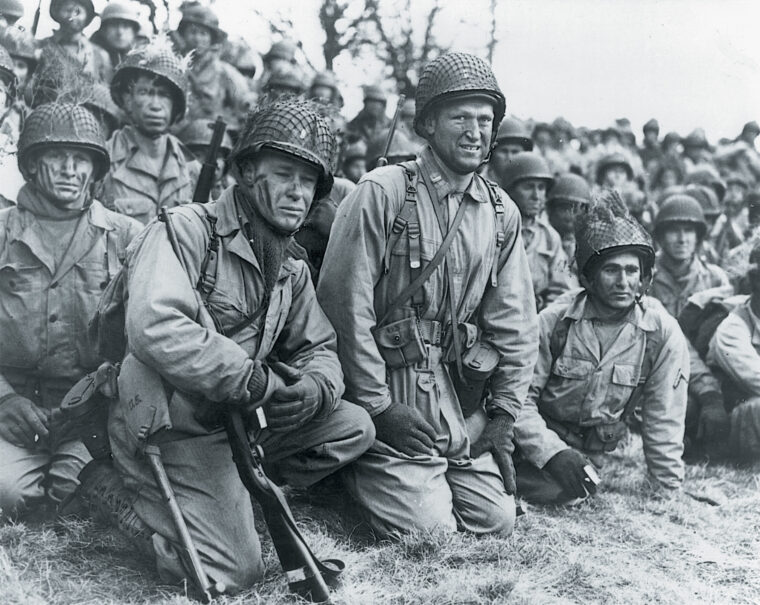
Nazi Party
Operation Overlord’s Colonel Alexis von Roenne
By David Alan JohnsonDuring the early part of 1944, an event took place that would change the outcome of World War II. Read more

Nazi Party
During the early part of 1944, an event took place that would change the outcome of World War II. Read more
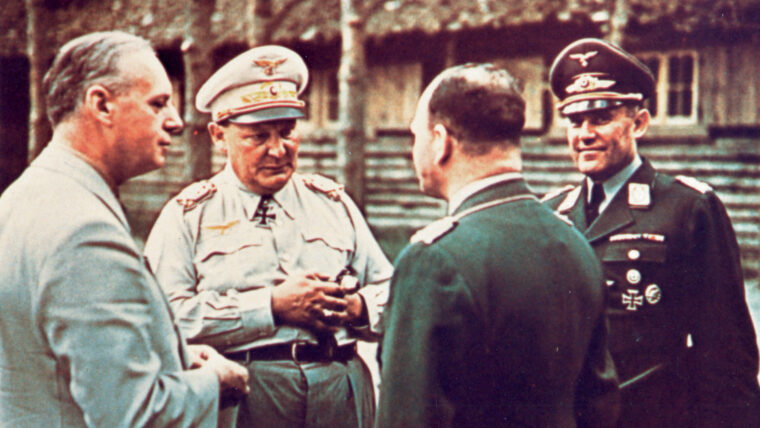
Nazi Party
The Allied indictment against Hermann Wilhelm Göring (1893-1946) at Nuremberg as issued by the International Military Tribunal in 1945 reads as follows:
“The defendant Göring between 1932-45 was: member of the Nazi Party, Supreme Leader of the SA (Brownshirts), General in the SS, a member and President of the Reichstag, Minister of the Interior of Prussia, Chief of the Prussian Police and Prussian Secret Police, Chief of the Prussian State Council, Trustee of the Four Year Plan; “Reich Minister for Air, Commander-in-Chief of the Air Force, President of the Council of Ministers for the Defense of the Reich, member of the Secret Cabinet Council, head of the Hermann Göring Industrial Combine, and Successor Designate to Hitler. Read more
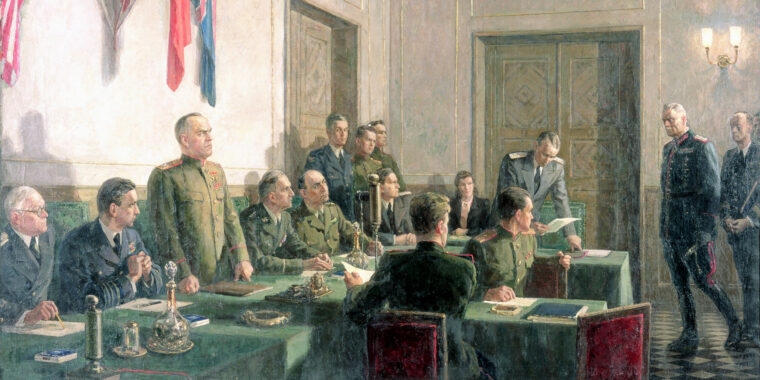
Nazi Party
Within his reinforced concrete bunker, 50 feet below the garden of the New Reichs Chancellery on Berlin’s Wilhelmstrasse, German dictator Adolf Hitler, his soon-to-be bride Eva Braun, and several hundred friends, SS guards, and staff members could feel the concussion and hear the unending drumroll of thousands of Soviet artillery shells reducing the already-battered capital city of the Third Reich to unrecognizable rubble. Read more
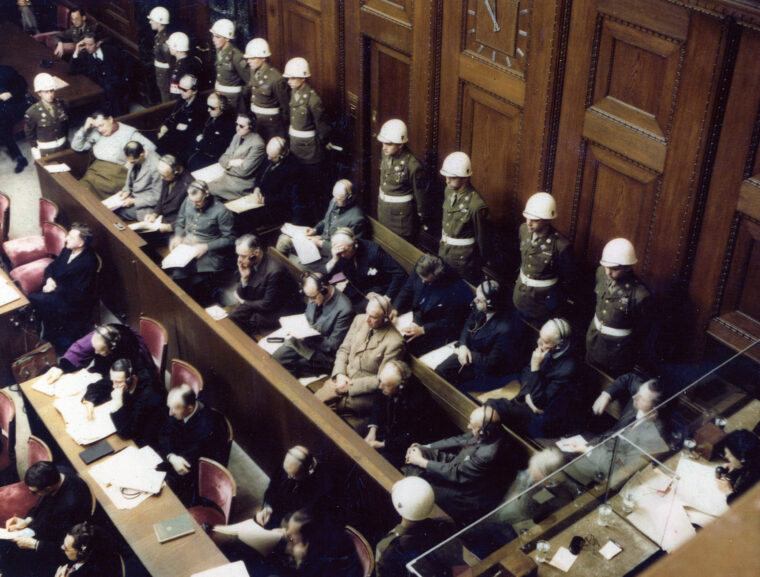
Nazi Party
Stripped of the regalia and high position of Reich Marshal in the Nazi regime and tried as a war criminal, the former Luftwaffe chief was by far the most colorful and outspoken defendant during the postwar proceedings. Read more
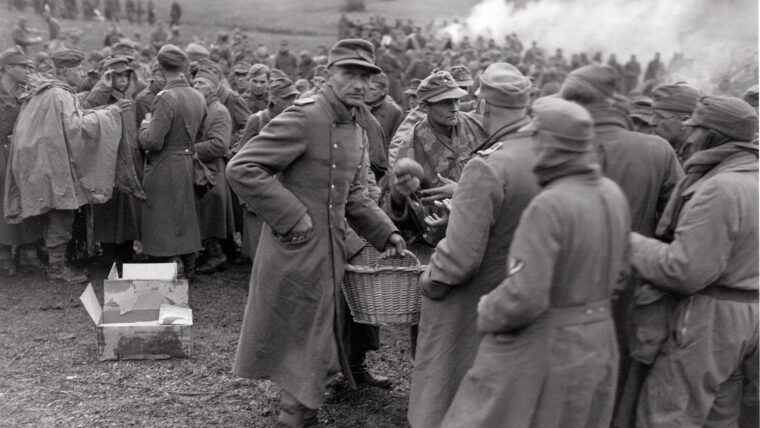
Nazi Party
It was an impressive sight. Upon the reviewing stand as honored guest was General Dwight D. Read more
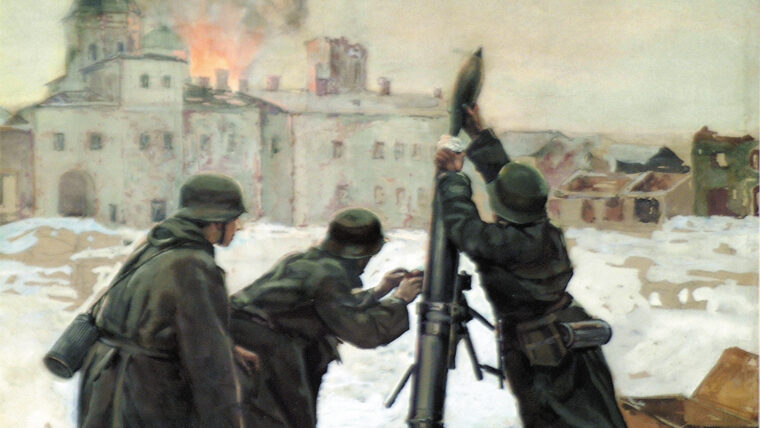
Nazi Party
To their Russian enemies they were the “Spanish mercenaries of Hitler’s Fascist lackey, Franco.” To Hitler himself, “One can’t imagine more fearless fellows. Read more
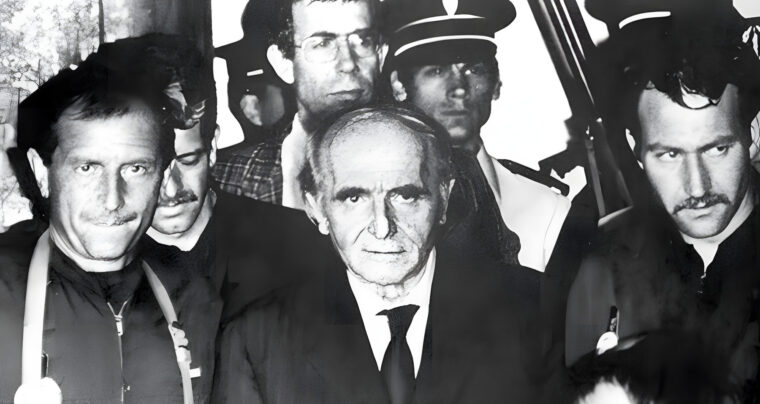
Nazi Party
By 1944, many top generals in Adolf Hitler’s army understood the war was lost and that they had better make arrangements to ensure their safety. Read more
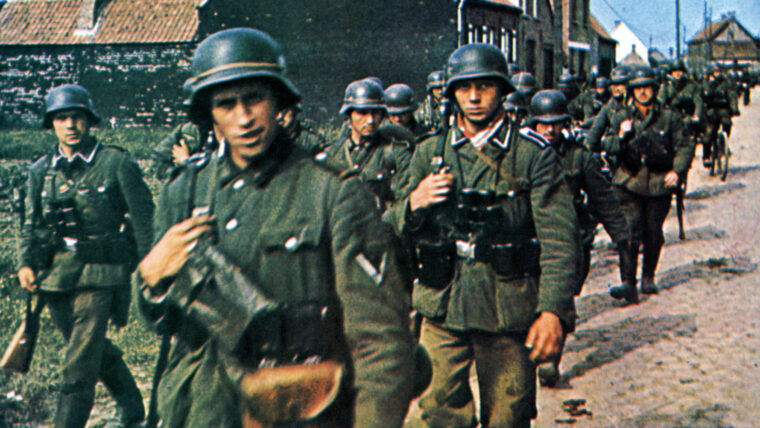
Nazi Party
In most popular spy thrillers, secret agents are tall, handsome, virile, and irresistible to women. Whether their name is Dirk Pitt, Jack Ryan, or James Bond, all are hard-drinking, well-tailored ladies’ men. Read more
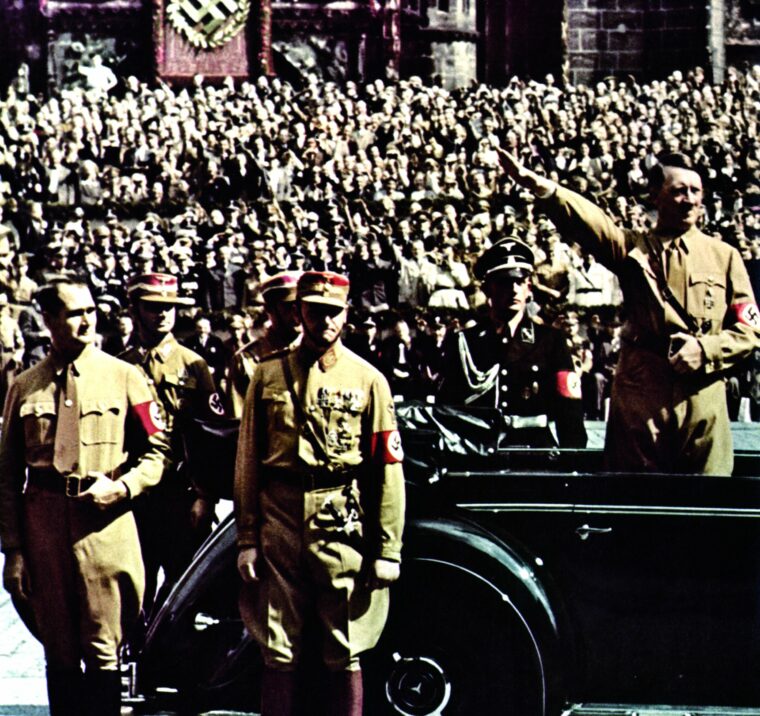
Nazi Party
Throughout the reign of the Nazi Party in Germany during the 1930s and 1940s, Adolf Hitler’s inner circle comprised a diverse group of men from many walks of life. Read more

Nazi Party
Adolf Hitler loved children. Before the war consumed all his energies he entertained children at his holiday home on the “mountain” all the time. Read more
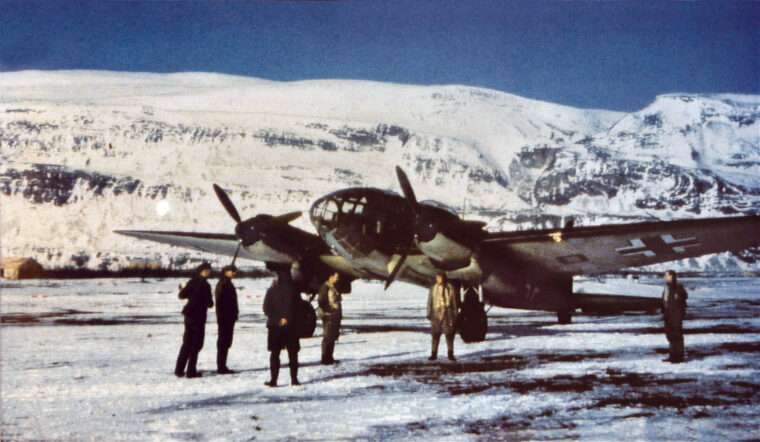
Nazi Party
The fundamental pillars of war—strategy and tactics— inevitably depend on an imponderable and uncontrollable factor: the weather. With the increasing sophistication of weather data gathering, analysis, and forecasting in the early 20th century, predicting the weather became an integral part of World War II. Read more
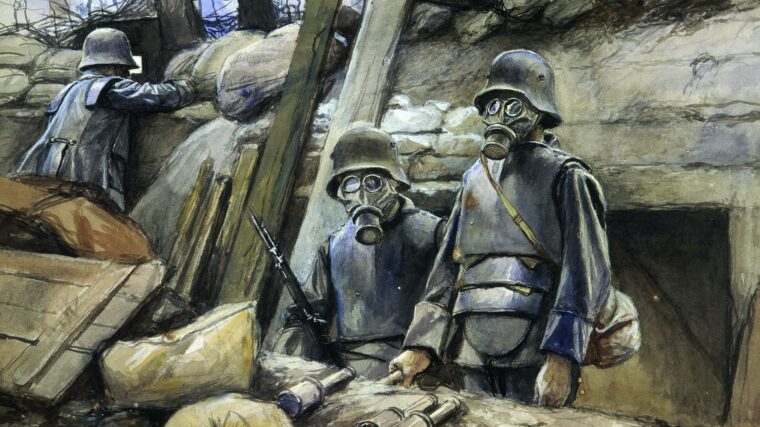
Nazi Party
In the months before the outbreak of World War I, 25-year-old Adolf Hitler was living the starving artist’s life in the Bavarian city of Munich, selling his paintings door-to-door and in the city’s numerous beer halls. Read more
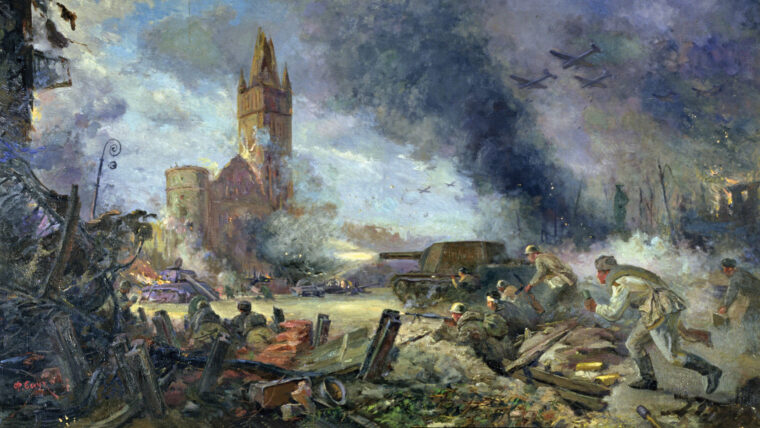
Nazi Party
The storming of Fortress Königsberg in April 1945 was the finale of a two-month Soviet siege. The city, one of the few triumphs of Hitler’s fortress strategy, had been encircled by late January and lay hundreds of kilometers behind the main front line by the time the Soviets launched their final assault toward the Nazi capital of Berlin. Read more
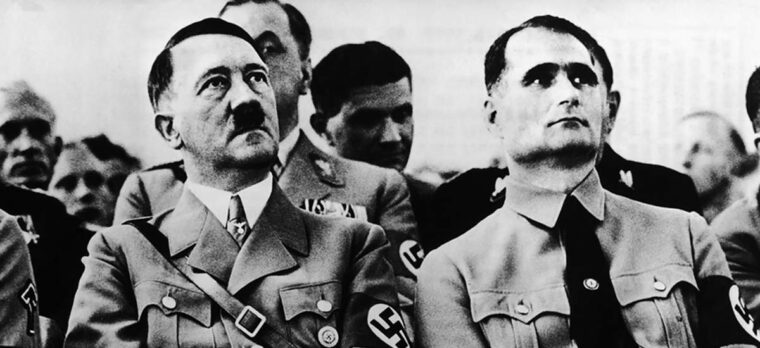
Nazi Party
In October 1939, British Prime Minister Winston S. Churchill famously described Russia as “a riddle, wrapped in a mystery, inside an enigma.” Read more
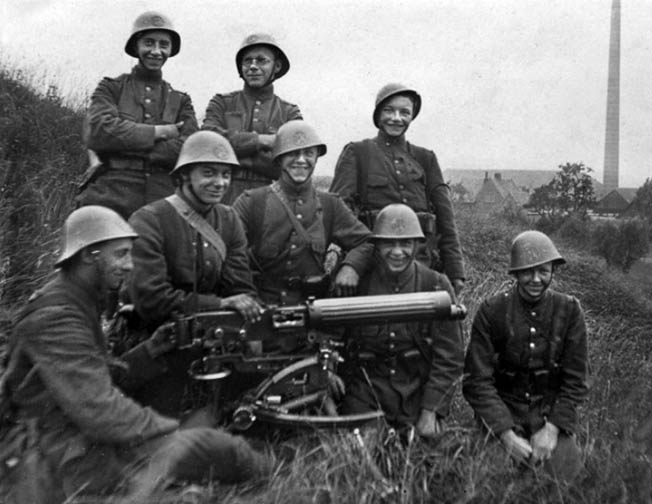
Nazi Party
By John W. Osborn, Jr.
When world war engulfed Europe for the second time in a generation, the Netherlands placed its faith in the diplomatic delusion that it could remain neutral like it had during World War I. Read more
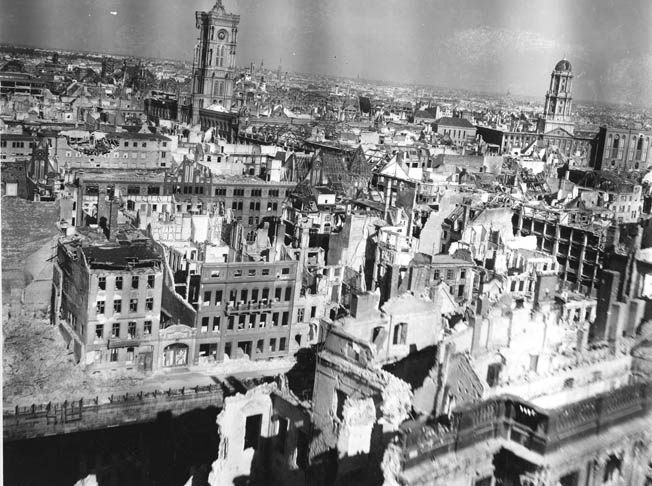
Nazi Party
World War II spanned six long years from 1939 to 1945. The Allied powers, principally The United States, Great Britain, and the Soviet Union, defeated the Axis powers, led by Nazi Germany, Imperial Japan, and Fascist Italy. Read more
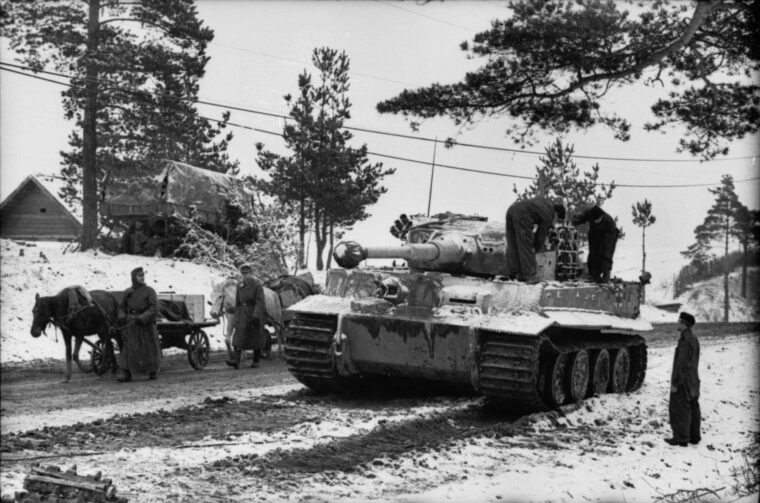
Nazi Party
Advances in military technology, including tanks, jets, and rockets, are among the popular images of Nazi Germany during World War II. Read more
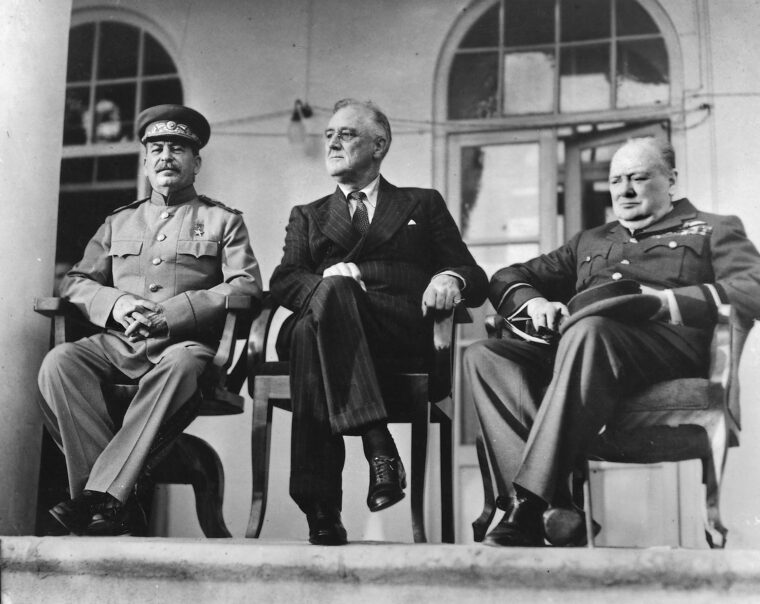
Nazi Party
World War II made a disparate trio of allies —British Prime Minister Winston Churchill, Soviet Marshal Josef Stalin, and American President Franklin D. Read more
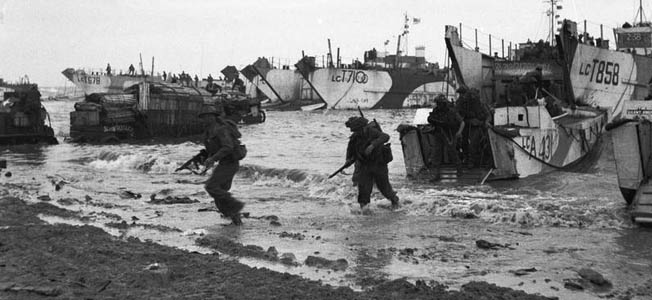
Nazi Party
Commonly known as D-Day, the Western Allies invaded Nazi-occupied Europe during World War II on June 6, 1944. Read more

Nazi Party
Born in Branau, Austria, on April 20, 1889, Adolf Hitler rose to lead the Nazi Party in Germany during the 1920s and was appointed the nation’s chancellor in 1933. Read more